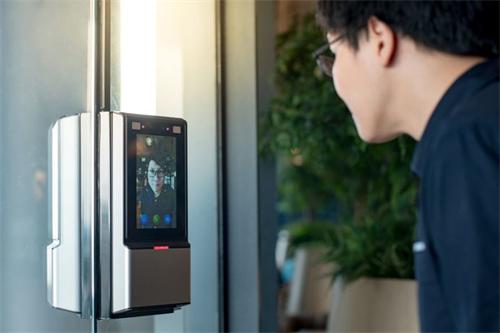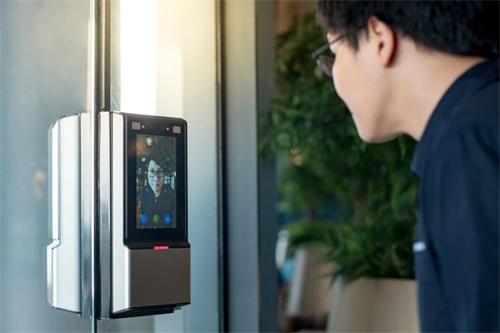How Facial Recognition Is Revolutionizing Your Front Door?

A growing wave of smart-home devices is embedding facial recognition at the threshold, promising to transform our daily routines into seamless, secure experiences. The global facial recognition market was valued at $6.3 billion in 2023 and is expected to more than double to $13.4 billion by 2028, growing at a steady pace as consumers seek automated, touchless access solutions. Meanwhile, the wider smart-home security market reached $33.94 billion in 2024 and is projected to grow significantly, driven by AI-powered cameras and biometric authentication.
Yet as adoption accelerates, real-world controversies—ranging from secret surveillance to misuse in personal tracking—underscore that the blurred lines between convenience, care, and control demand thoughtful consideration.
Key Benefits and Everyday Conveniences
Biometric access modes in smart-lock apps use your phone’s face unlock sensor to control locks remotely, eliminating the need to juggle bags or devices when your hands are full. For families with children especially, the ability to bypass keys or codes with a glance can be invaluable during morning rushes.
Many systems combine facial recognition with real-time video alerts: you see a snapshot of whoever’s at your door and, if unrecognized, can trigger an alarm or lockdown remotely. This integration of AI and surveillance has already become a key selling point, with video-driven facial ID cited as a primary driver in home-security adoption.
Thanks to hubs and industry standards, facial-recognition locks tie into broader ecosystems—triggering lights, cameras, or climate controls when you come and go. The convenience of unified scenes (“Good Morning,” “Away Mode”) gets an intuitive biometric trigger, making your home’s tech feel more human-centered.
Privacy, Ethics, and Security Considerations
Faces, unlike passwords, can’t be “reset.” If biometric data is breached, it poses a permanent identity risk—exposing you to stalking, identity theft, or harassment. Opt for systems that store face templates locally on the device and encrypt data at rest rather than in the cloud.
High-profile cases highlight the slippery slope from personal convenience to public surveillance, often without adequate oversight. It’s vital to choose products from manufacturers committed to transparent data-use policies and to review local regulations on biometric tracking.
The next wave will likely see deeper AI integration—emotion detection to tailor home environments, or “trusted-visitor” profiles that adapt each arrival’s preferences. Cross-device identity systems may emerge, letting the front-door sensor sync instantly with your car, workplace, or vacation rental. Yet as adoption soars and the market grows, ongoing debates over regulation, bias mitigation, and privacy safeguards will shape which innovations truly stick.
Ultimately, integrating facial recognition into your front door can elevate everyday living into a more intuitive, personalized experience—but only when balanced with vigilant respect for data rights and human dignity. By choosing transparent, secure systems and establishing clear consent practices, you can enjoy the “wow” factor of a glance-activated welcome without compromising on privacy or ethics.



